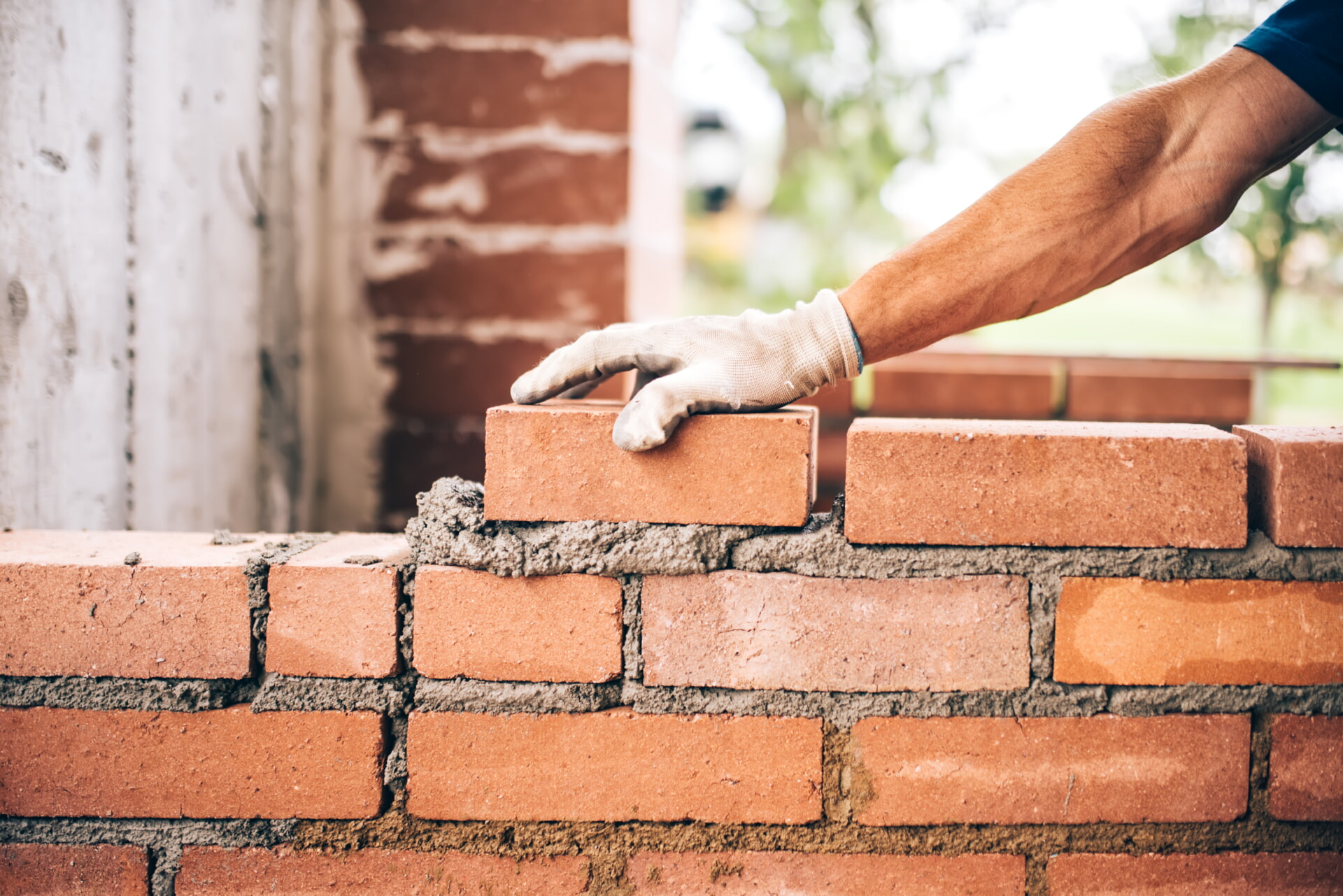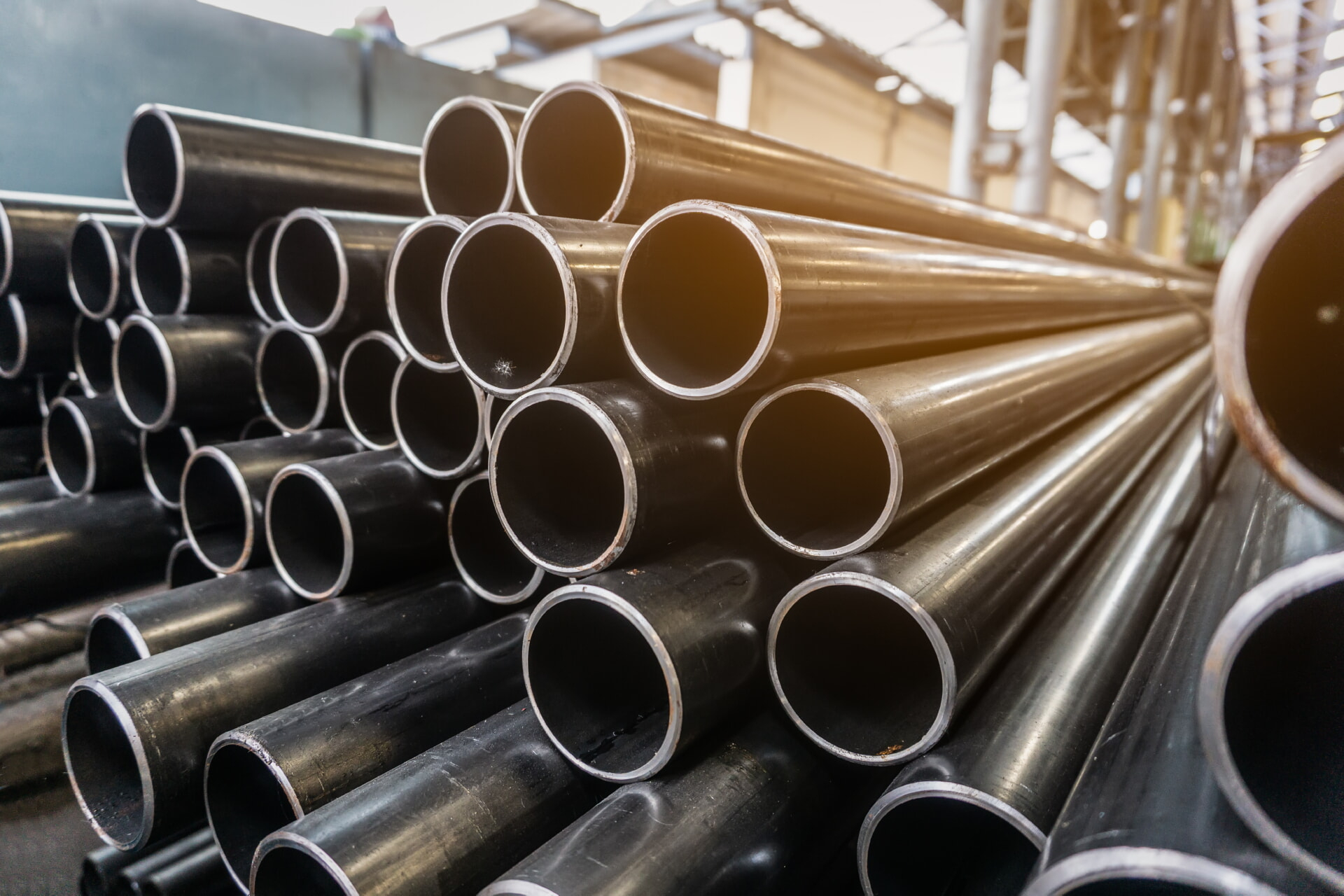4 Long-Lasting Building Materials
You can use a wide range of materials for constructing homes, buildings, and other structures. As a builder, it's essential to be acquainted with these materials to ensure that you choose the most appropriate ones for your needs.
Here are four building materials that have been used to create long-lasting buildings today:
Steel
Steel has been the material of choice for centuries because of its inherent characteristics of being durable and robust. It has also been the material of choice for bridges because of its ability to withstand all kinds of stress and to resist corrosion. To learn more about using steel in construction, you can go right here.
Homebuilders prefer steel because it’s easy to work with and can handle both the cold and heat during construction. It’s also highly versatile, being used in various ways from the exterior to the interior of any home.
What makes it even better is that it’s not prone to rotting, cracking, or warping, making it a long-lasting and beautiful addition to your home. The fact that it’s resistant to water and fire means that it will not allow moisture to set in.
Not only can one make steel bars, but steel is also used as construction supplies like fastener materials or poles. Thus, you can have structures of steel in parts or in whole.
Wood
Wood has been used for centuries as a building material because it’s both durable and attractive. Wood's innate strength and aesthetic beauty make it an ideal material for constructing homes, cottages, decks, porches, and more. Wood's natural resistance to decay makes it a desirable building material during severe weather events like earthquakes and tornadoes.
One of the reasons many homebuilders use wood is that it's easy to manipulate. You can cut and chop off wood quickly according to your specifications. It's also lighter than brick and stone, so it's easier to carry around when building a house.
Brick
Bricks are generally formed by coarse clay materials extruded through industrial equipment and fired in high heat. Clay brick is fired by exposing it to high temperatures for extended periods until the particles fuse. The bricks are then shaped by hammering or drilling into them until they are of uniform sizes and shapes. This allows them to be used for internal plumbing, brick molding, interior fire escapes, exterior wall construction, and flooring applications.
Brick's most unique quality is its ability to insulate against heat loss, but this property only works if the bricks used are treated with an appropriate glaze. The bricks must be treated with an asphalt coating to keep the material from shifting and staining, which acts as a barrier against the elements. Brick can insulate against heat loss in several ways, including conforming to natural temperature changes within the building. It also insulates by creating a dense core that absorbs heat before it can disperse into the environment. This is possible because bricks have a dense surface that doesn’t absorb heat as quickly as the surrounding material.

Concrete
Concrete is a common building material. It’s inexpensive and strong. Some buildings are made entirely of concrete, while others are made with concrete and some other material. In either case, concrete performs the primary function of providing a sturdy foundation for structures.
Most construction projects have concrete as a primary material. There are many benefits of using concrete as construction material:
Fire-Resistance: Concrete is very fire-resistant. This is because concrete can be formed into shapes that are not readily combustible, so it’s less likely to catch fire.
Thermal Resistance: Concrete's thermal resistance is one reason that it’s the material of choice for structures where heating and cooling are a concern.
Versatility: Concrete can be shaped to different thicknesses and forms and can be used for many purposes where these characteristics are essential.
Many forms of concrete are suitable for different construction needs. One of them is precast concrete. Precast concrete is formed from poured concrete mixtures using a pressurized manufacturing process. The resulting concrete pieces then undergo strengthening and bottling processes to make them more durable. In general, precast concrete is made using high-quality polyethylene or other high-density plastic materials.

Summary
There are different building materials you can use to ensure the stability and durability of a structure. Steel is one of the most popular building materials today. Wood and concrete are also used to build structures because these materials are easily manipulated. Although bricks are not widely used to create buildings, it's still popular for those who want to add character to their homes.


